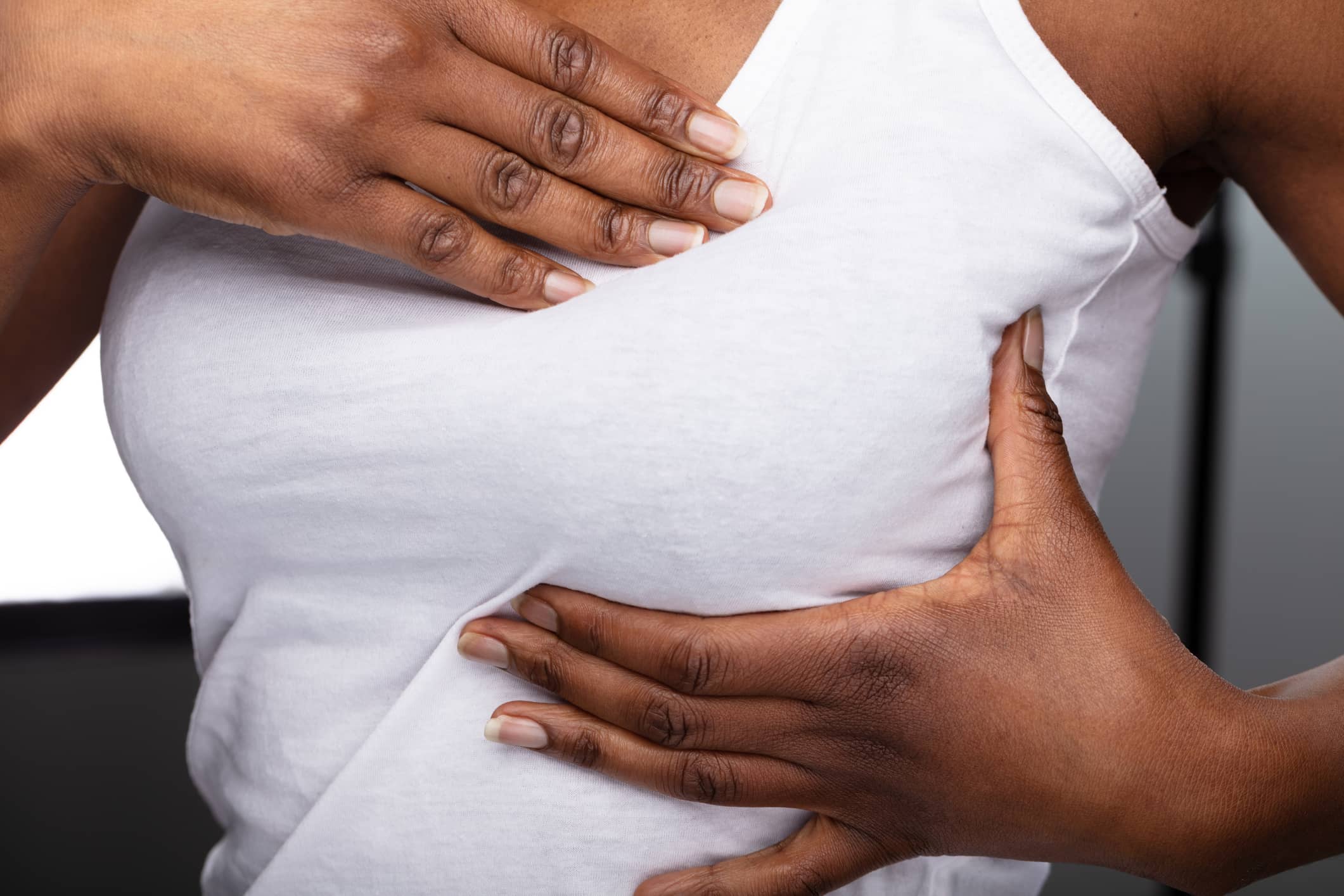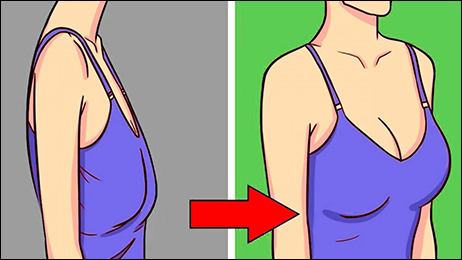What Are The Effects of Menopause on Your Breasts?

A key reason why menopause is referred to as "the shift of life" is because it is a time of transition. It has the potential to influence almost every aspect of your body, including your breasts.
The size and form of your breasts will begin to alter during perimenopause, which is the period of time between the end of menstrual cycles and the beginning of menopause. In addition, you may find that they become painful and achy at inconvenient moments. Alternatively, they may be lumpier than they were before.
You'll want to know what's typical, what isn't, and what can help you get through this. That information equips you to make a seamless midlife transition and to feel your best throughout and beyond menopause if you so choose.
Check out this video that explains from doctors the different stages of menopause.
When you go through menopause, your breasts change.
When it comes to your breasts, there are three major ways that menopause and perimenopause may impact them.
1. Tenderness or discomfort
What Causes It to Happen:
In the days leading up to your period, fluid accumulates in your breasts, making them feel more swollen, sore, and uncomfortable than they do at other times of the week. According to the National Cancer Institute[1], breast discomfort may occur at any time due to the hormonal changes associated with perimenopause, which leads your cycle to become erratic.
There are a few things you can do to help:
If your breasts are bothering you, wearing the proper bra may make a significant difference: Women experiencing breast discomfort said that wearing a well-fitting sports bra provided them significant relief, according to research conducted in 2014.
Related Article

Do Sagging Breasts Require Bras? Prevention of Sagging Breasts
According to the same studies, relaxing methods or rubbing achy breasts with the popular Wild Thera Breast massage balm were beneficial for up to 60% of women experiencing breast discomfort.

Buy Now
If your breast discomfort is significant or doesn't seem to be going away, see your doctor.
2. Changes in the size and form of the breasts
When you get close to menopause, your estrogen levels plummet rapidly.
Why Does This Happen?
Your breast glandular tissue diminishes as your milk production slows and eventually stops altogether. Their density and lipid content decrease, which may result in drooping of the skin and underlying tissues. Moreover, you could notice that your breasts aren't quite as plump as they used to be and that their size has changed as well.
There are a few things you can do to help:
Get yourself to the gym or get some hand-held weights like the Neoprene dumbbell hand weights which are the perfect weight to help with firmness.
Buy Now
Despite the fact that there is no proven technique to correct drooping, exercising helps to make your breasts seem better by growing and toning the muscles under the surface.
Exercising on a regular basis offers another significant advantage: it lowers your risk of developing breast cancer.
Push-ups and weightlifting are two effective methods of toning your upper chest muscles.
For example, pushup bras and underwire bras may give you a youthful appearance by lifting your cleavage. Make sure your bra fits properly in order to get the most boost and support possible:
According to some estimates, as many as 70% of women are wearing the incorrect size clothing.
When it comes to bra shopping after menopause, you may need to go big or go home: According to recent research, one in every five women moved up a bra size after menopause[2] (mostly as a result of weight gain), while only one in every fifty women required a smaller bra.
3.) Lumpy Breasts
What Causes It to Happen:
There are a variety of factors that might contribute to this during perimenopause, including natural aging and hormone changes, among others. You will, however, need to visit your doctor to determine what the lumps are, just as you would at any other age.
Cysts, which are fluid-filled sacs that are relatively prevalent, might be present. They may have a grape-like texture and are not malignant. They are found in a large number of women of all ages. After menopause, they may or may not go, but they may or may not return, particularly if you are taking hormone replacement treatment (HRT).
Speaking of HRT, Amberen supplements have helped thousands of women with some of the effects of side effects of perimenopausal and menopausal women. They have reported relief from hot flashes, night sweats, mood swings, low energy, weight gain, stress, irritability, joint aches, sleeplessness, headaches and more.
Check it out here:

Buy Now
Bulky, painful breasts and regions that feel rubbery to the touch are caused by fibrocystic alterations, which are another prevalent cause of lumpy, painful breasts. They have no effect on your risk of developing breast cancer.
There are a few things you can do to help:
Some women report that their breasts are less sensitive when they reduce their coffee intake. You may also apply heat to the uncomfortable region — try a warm compress — or use over-the-counter pain medicines to alleviate the discomfort.
When Should You Consult Your Doctor?
The majority of breast changes that occur around middle age are normal. However, you cannot be certain on your own. If you experience any of the following symptoms, see your doctor:

- Enlargement of your breast or a region of firmness or thickening beneath your arm.
- Nipples release fluid or undergo modifications, such as a nipple that sinks into the breast and is referred to as a "inverted nipple."
- Changes in the skin, such as redness, dimpling, puckering, or ridges that resemble orange peel.
- Breast swelling or shrinking that is unexplained, particularly if it occurs on just one side of the body.
Most of the time, breast changes are not indicative of cancer, but it is crucial to get any new or odd symptoms evaluated as soon as possible.
Also, consult with your doctor about how often you should get mammograms since standards differ from one country to the next. The American College of Obstetricians and Gynecologists advises that people with average breast cancer risk begin having mammograms at the age of 40[3]. When you reach the age of 45, the American Cancer Society suggests that you get one every year. Other organizations recommend that you have a check-up every two years, starting at the age of 50 and continuing until you are 74.
Your doctor can assist you in determining what is best for you.
Links
1.) Understanding Breast Changes (cancer.gov)
2.) Increase in breast size after menopause: prevalence and determinants - PubMed (nih.gov)
3.) Breast Cancer Risk Assessment and Screening in Average-Risk Women | ACOG

